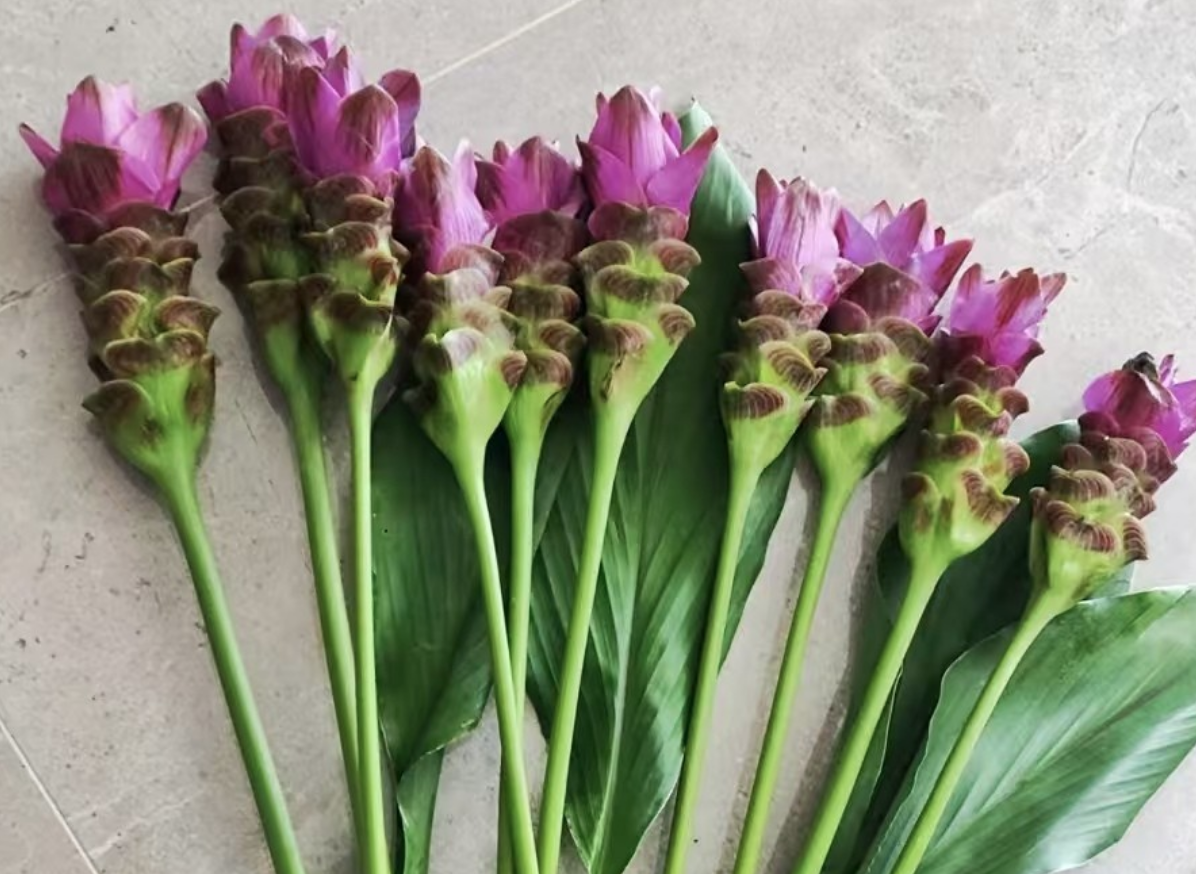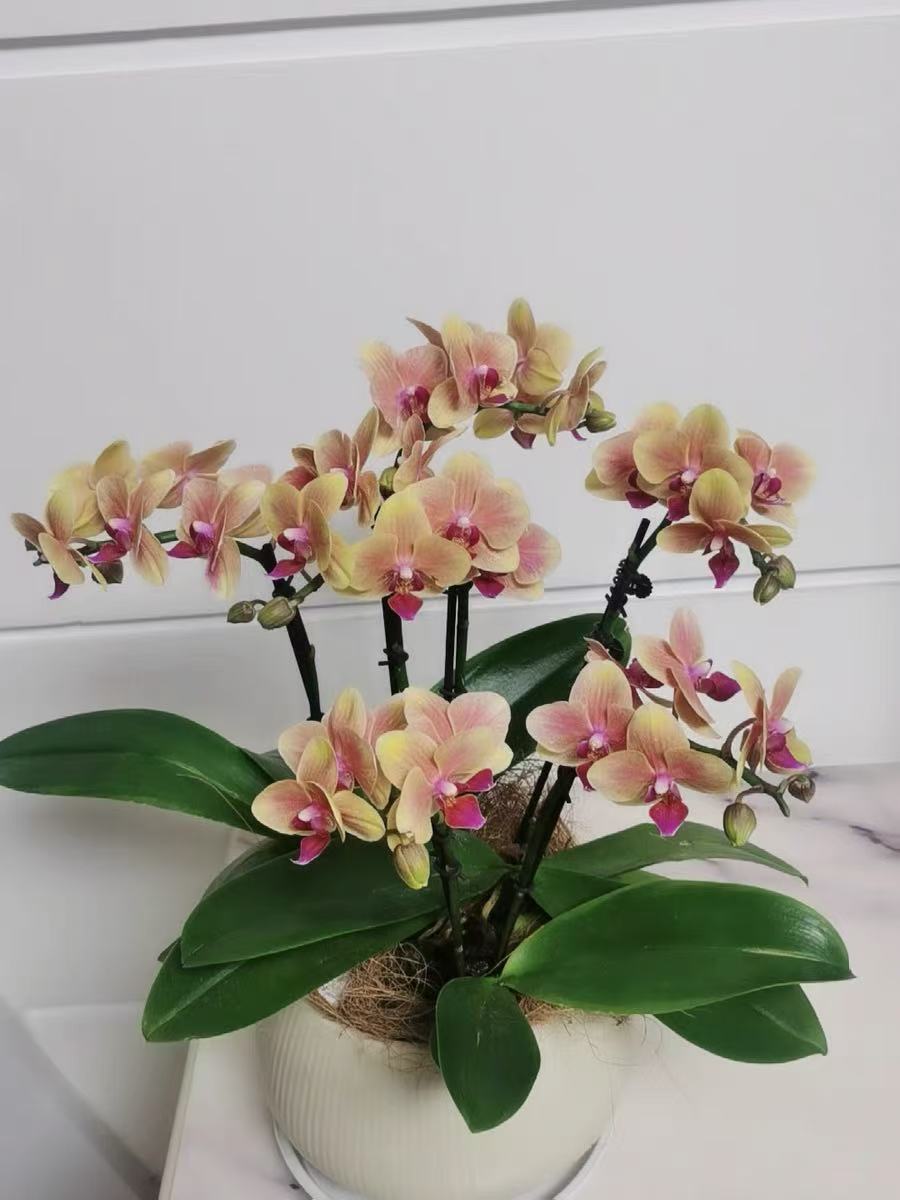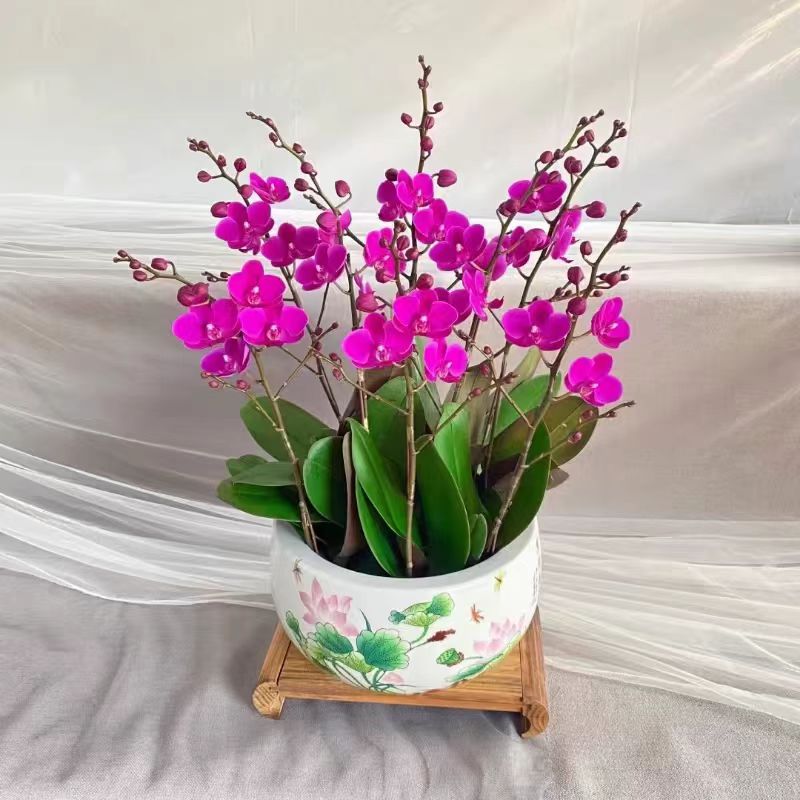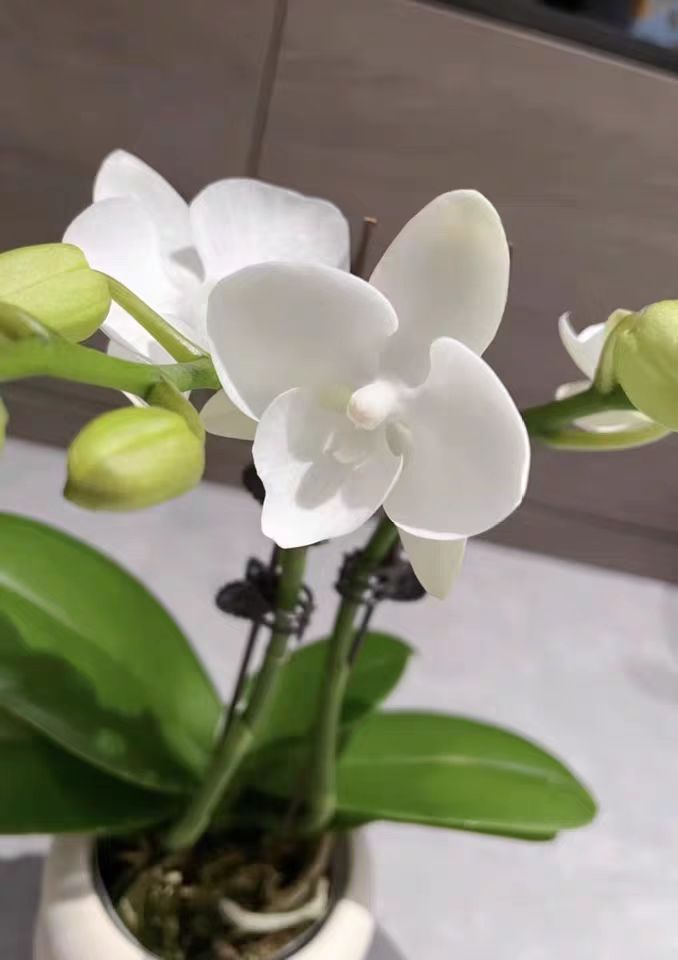With the improvement of living conditions, many people like to grow some flowers and plants to cultivate their sentiment, and at the same time, they can beautify the environment and purify the air. In particular, some flowers that are bright and fragrant after blooming are more popular. Today, we will introduce "Curcuma alismatifolia", which is extremely similar in appearance to ginger. After blooming, it has large petals like lotus, bright colors, and is very eye-catching as a whole.
Curcuma alismatifolia is a bulbous flower of the ginger family. It is mostly planted in spring, and its flowering period is generally from early May to mid-to-late October every year. Its flower colors include purple, pink, white, etc. In the flower market, potted Curcuma alismatifolia is mostly available in winter, and bulbs can be found for self-cultivation in spring.
Generally, after buying a potted plant, it can be placed in a sunny place first, because it is very fond of light, and more sunlight is beneficial for blooming. The optimum growth temperature is between 20 and 30 degrees Celsius. It has poor cold tolerance in winter and can only tolerate a minimum temperature of above 10°C. If the temperature is lower than this, it is better to move it indoors for maintenance.
In terms of watering, Curcuma alismatifolia likes water. The most important thing in maintenance is to water it with clean and clear water, such as filtered water or deionized water, and avoid water with high chlorine content, otherwise, it will cause pH imbalance and affect its health. In addition, in winter, the north wind is strong and it is easy to cause dryness. At this time, the watering frequency needs to be appropriately increased, while in the humid "returning south" weather, the number of waterings needs to be reduced.
In terms of soil, it is better to choose neutral or slightly acidic soil and turn the soil when it becomes compact. If you buy bulbs, you can choose the mixed soil for flower cultivation, which is 1 part garden soil, 1 part river sand, and 2 parts humus soil. After mixing them thoroughly, it can be used for planting.
In terms of fertilizers that are essential for daily flower cultivation, nitrogen, phosphorus, potassium fertilizers and compound fertilizers can be used during the growth period of Curcuma alismatifolia, and fertilization should be stopped when the temperature is beyond the growth adaptation range.
Finally, in terms of diseases and pests, Curcuma alismatifolia is mainly vulnerable to the invasion of moths, mole crickets, etc. When related diseases are found, pesticides such as methamidophos, dimehypo and carbendazim can be used. It is recommended to spray the pesticides alternately every 15 days or so.
Is Curcuma alismatifolia cold-sensitive? How to cultivate it?

Share with
Tagged in :




Leave a Reply